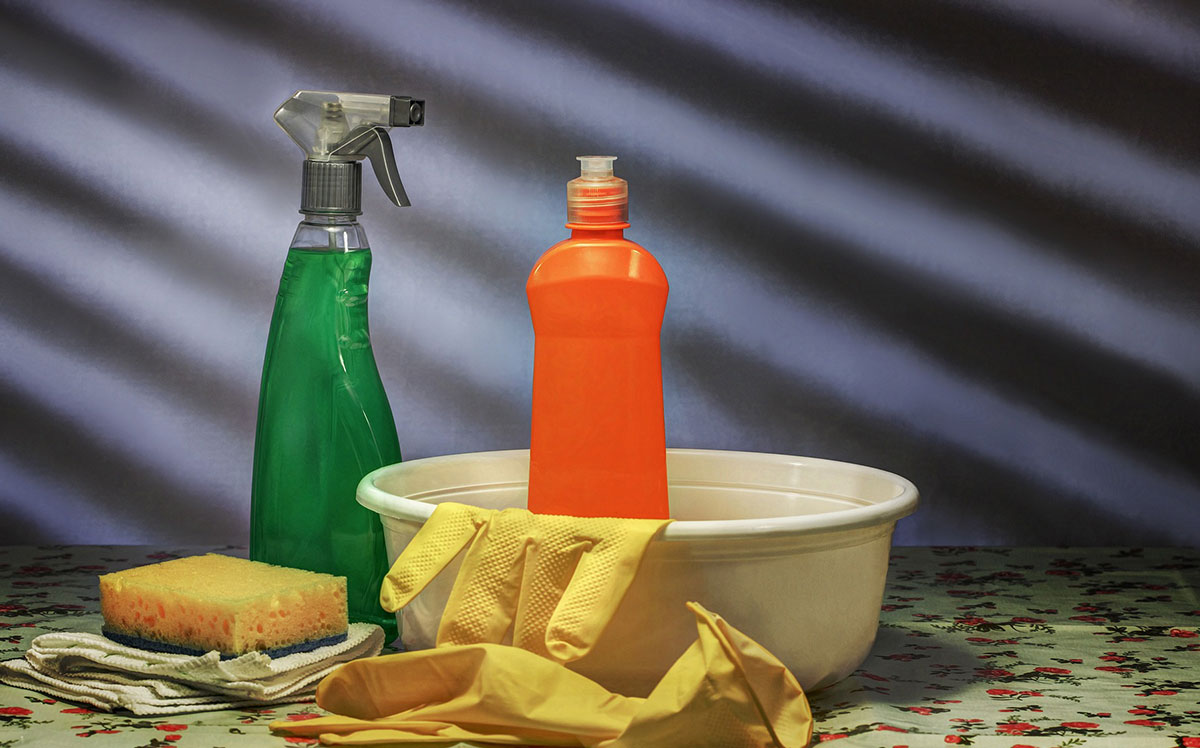Everyday household activities can significantly impact water quality, as the chemicals and products we use find their way into the water supply through various pathways. From cleaning agents to personal care products, the substances we introduce into our homes have the potential to contaminate water sources, affecting both human health and the environment. Understanding how household chemicals and products impact water quality is crucial for adopting responsible practices and mitigating the adverse effects on our water systems.
1. Cleaning Products: Many household cleaning products contain a variety of chemicals, including detergents, disinfectants, and solvents. When these products are used and washed down drains, the chemicals can enter wastewater systems. Some of these substances are not effectively removed during water treatment processes, leading to their presence in rivers, lakes, and groundwater. Phosphates, for example, commonly found in laundry detergents, can contribute to nutrient pollution, leading to algal blooms that negatively impact aquatic ecosystems.
2. Personal Care Products: Personal care items such as shampoos, soaps, and lotions often contain chemicals like parabens, phthalates, and microbeads. When washed off during showers or baths, these substances can find their way into waterways. Microbeads, in particular, are small plastic particles used in exfoliating products, and their presence in water bodies poses a threat to aquatic life and can contribute to plastic pollution.
3. Pharmaceuticals: The improper disposal of pharmaceuticals, whether through flushing medications down toilets or improper disposal in the trash, can result in the presence of pharmaceutical residues in water sources. These substances may not be effectively removed by conventional water treatment methods and can pose risks to aquatic life and potentially impact human health.
4. Pesticides and Herbicides: The use of pesticides and herbicides in and around homes can lead to runoff during rain events, carrying these chemicals into nearby water bodies. The presence of pesticides in water can harm aquatic organisms and disrupt ecosystems. Additionally, these chemicals can contaminate groundwater, which may be a source of drinking water for some communities.
5. Paints and Solvents: Improper disposal of leftover paints, thinners, and solvents can lead to the release of hazardous substances into the environment. When washed down drains or improperly discarded, these chemicals can contaminate water sources. Heavy metals, volatile organic compounds (VOCs), and other toxic substances in paints and solvents can have detrimental effects on water quality and aquatic life.
6. Septic Systems: Homes with septic systems can contribute to water pollution if these systems are not properly maintained. Household wastewater, including sewage and chemicals from cleaning products, can leach into the soil and, if not adequately treated, contaminate groundwater. This contamination can affect both the environment and the quality of drinking water in the area.
7. Household Hazardous Waste: The disposal of household hazardous waste, including batteries, electronic devices, and certain cleaning products, in landfills can lead to the release of harmful substances into the soil and groundwater. Over time, these contaminants can migrate to surface water, impacting water quality and posing risks to ecosystems.
Mitigation Strategies: To minimize the impact of household chemicals and products on water quality, individuals can adopt several responsible practices. This includes proper disposal of hazardous waste at designated collection sites, using environmentally friendly cleaning products, reducing the use of pesticides and herbicides, and disposing of pharmaceuticals through medication take-back programs. Additionally, regular maintenance of septic systems and awareness of the environmental impact of everyday choices can contribute to preserving water quality.
In conclusion, the impact of household chemicals and products on water quality underscores the need for informed and responsible consumption and disposal practices. By making conscious choices in the products we use and ensuring proper disposal methods, we can collectively contribute to the protection of water sources and the preservation of clean and safe water for present and future generations.



